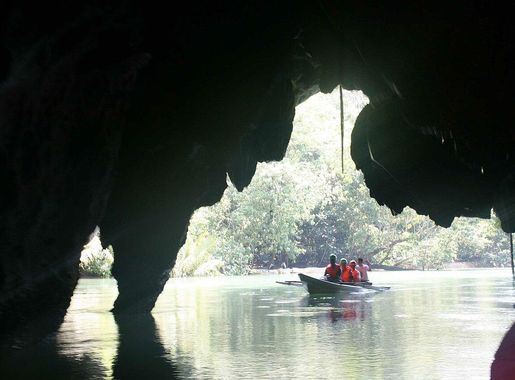
Palawan: The Last Frontier of the Philippines
Discover Palawan, the Philippines' last frontier, where pristine beaches, vibrant marine life, and lush jungles create an unforgettable paradise.
Palawan, a paradise in the Philippines, is often referred to as the country's last frontier. With its pristine beaches, crystal-clear waters, and lush jungles, Palawan offers a unique blend of natural beauty and adventure. The island province stretches from Mindoro in the northeast to Borneo in the southwest, encompassing a vast array of landscapes and ecosystems. In the north, you'll find the municipality of El Nido, famous for its stunning limestone cliffs, hidden lagoons, and vibrant marine life. Boat tours around the Bacuit Archipelago are a must, offering visitors the chance to explore secluded beaches and snorkel in coral gardens. For the more adventurous, scuba diving in the waters around El Nido is an unforgettable experience, with opportunities to see sea turtles, manta rays, and even the occasional whale shark. To the south lies Puerto Princesa, the provincial capital, which serves as the gateway to the world-renowned Puerto Princesa Subterranean River National Park. This UNESCO World Heritage site features an underground river that winds through a stunning limestone cave system. Guided boat tours take you deep into the caverns, where you can marvel at the impressive stalactites and stalagmites. Don't forget to explore the city's vibrant culinary scene, where fresh seafood and traditional Filipino dishes are on offer. Further south, the town of Coron beckons with its dramatic karst landscapes and World War II shipwrecks. Coron is a diver's paradise, with numerous wrecks and coral reefs to explore. The Kayangan and Barracuda lakes are also popular spots, offering crystal-clear waters and breathtaking views. For those seeking relaxation, the Maquinit Hot Springs provide a soothing soak in a natural setting. Whether you're an adventure seeker, a nature lover, or simply looking to unwind, Palawan has something for everyone. Its unspoiled beauty and rich biodiversity make it a destination like no other.
Local tips in Palawan
- Bring cash as ATMs can be scarce, especially in remote areas like El Nido and Coron.
- Book boat tours in advance during peak seasons to secure your spot.
- Pack eco-friendly sunscreen to help protect Palawan's coral reefs.
- Consider visiting during the dry season from November to May for the best weather.
- Respect local wildlife and refrain from touching or disturbing marine life.
Palawan: The Last Frontier of the Philippines
Palawan, a paradise in the Philippines, is often referred to as the country's last frontier. With its pristine beaches, crystal-clear waters, and lush jungles, Palawan offers a unique blend of natural beauty and adventure. The island province stretches from Mindoro in the northeast to Borneo in the southwest, encompassing a vast array of landscapes and ecosystems. In the north, you'll find the municipality of El Nido, famous for its stunning limestone cliffs, hidden lagoons, and vibrant marine life. Boat tours around the Bacuit Archipelago are a must, offering visitors the chance to explore secluded beaches and snorkel in coral gardens. For the more adventurous, scuba diving in the waters around El Nido is an unforgettable experience, with opportunities to see sea turtles, manta rays, and even the occasional whale shark. To the south lies Puerto Princesa, the provincial capital, which serves as the gateway to the world-renowned Puerto Princesa Subterranean River National Park. This UNESCO World Heritage site features an underground river that winds through a stunning limestone cave system. Guided boat tours take you deep into the caverns, where you can marvel at the impressive stalactites and stalagmites. Don't forget to explore the city's vibrant culinary scene, where fresh seafood and traditional Filipino dishes are on offer. Further south, the town of Coron beckons with its dramatic karst landscapes and World War II shipwrecks. Coron is a diver's paradise, with numerous wrecks and coral reefs to explore. The Kayangan and Barracuda lakes are also popular spots, offering crystal-clear waters and breathtaking views. For those seeking relaxation, the Maquinit Hot Springs provide a soothing soak in a natural setting. Whether you're an adventure seeker, a nature lover, or simply looking to unwind, Palawan has something for everyone. Its unspoiled beauty and rich biodiversity make it a destination like no other.
When is the best time to go to Palawan?
Iconic landmarks you can’t miss
Puerto Princesa Subterranean River National Park
Discover the breathtaking underground wonders and diverse ecosystems of Puerto Princesa Subterranean River National Park, a UNESCO World Heritage Site.

Puerto Princesa City Baywalk Park
Experience the beauty and serenity of Puerto Princesa City Baywalk Park, a coastal gem offering picturesque views, local flavors, and vibrant culture.
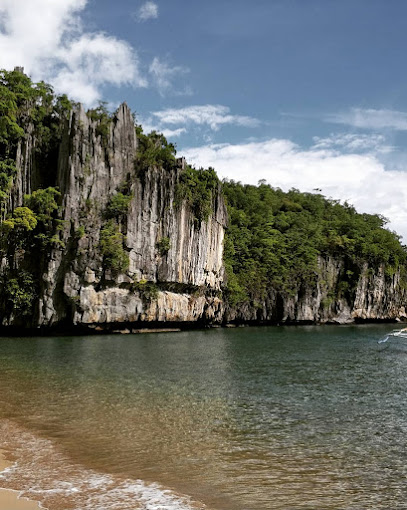
Palawan Wildlife Rescue and Conservation Center (Crocodile Farm)
Experience the beauty of wildlife conservation at Palawan Wildlife Rescue and Conservation Center, home to the Philippine crocodile and diverse animal species.
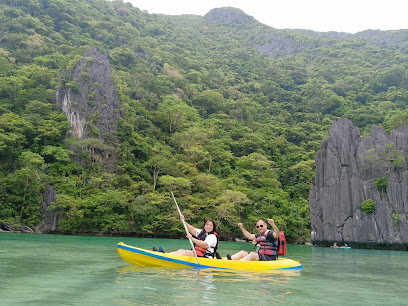
Palawan Butterfly Ecological Garden and Tribal Village
Explore the vibrant Palawan Butterfly Ecological Garden and Tribal Village, a stunning fusion of nature and culture in Puerto Princesa, Philippines.
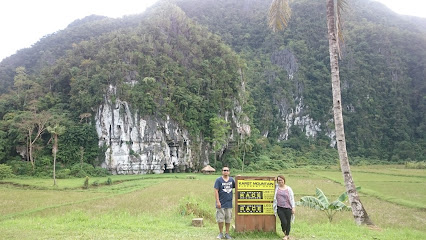
Mendoza Park
Discover the tranquility of Mendoza Park in Puerto Princesa, an urban oasis filled with lush greenery and cultural treasures.
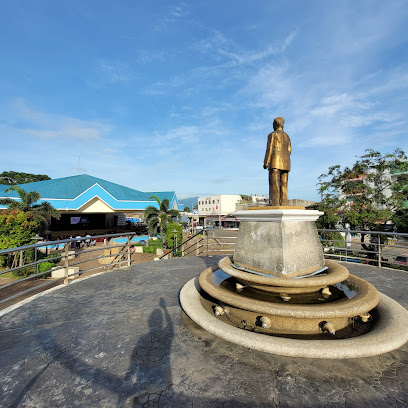
Mitra's Ranch
Discover breathtaking views and natural beauty at Mitra's Ranch, a serene escape in Puerto Princesa, Palawan, perfect for nature lovers and families.
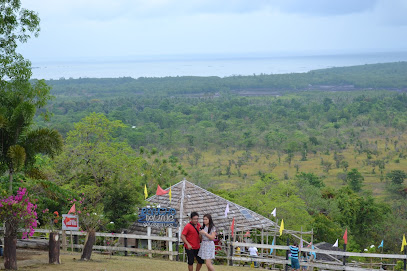
Lio Beach
Experience the pristine beauty and serene atmosphere of Lio Beach, a tropical paradise in El Nido, Palawan, perfect for relaxation and adventure.
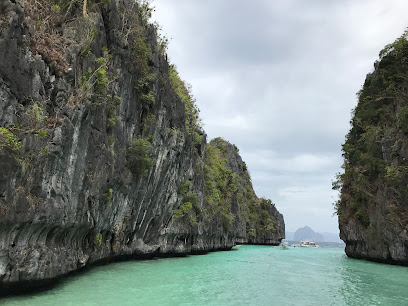
Immaculate Conception Cathedral
Discover the serene beauty and architectural elegance of the Immaculate Conception Cathedral, a key spiritual and cultural site in Puerto Princesa, Palawan.
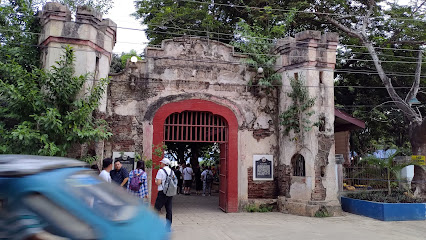
Luli Island
Explore the stunning beauty of Luli Island in Puerto Princesa, a tropical paradise boasting pristine beaches and vibrant marine life.
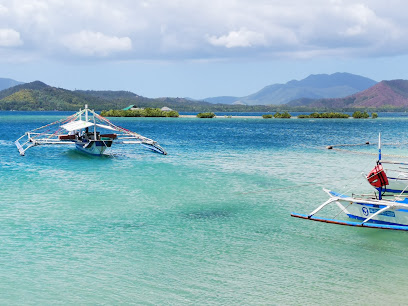
Plaza Cuartel
Explore the rich historical tapestry of Plaza Cuartel in Puerto Princesa, a serene landmark that memorializes the sacrifices of World War II.
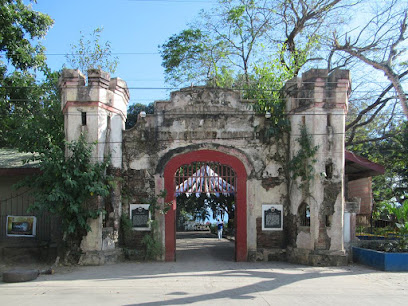
Shimizu Island
Explore the pristine beauty and vibrant marine life of Shimizu Island, a tropical paradise in Bacuit Bay, El Nido, Palawan.
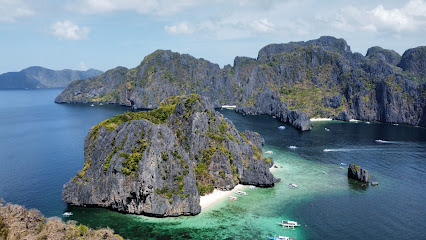
Twin Lagoon
Experience the stunning beauty of Twin Lagoon, a natural paradise in Coron, Palawan, renowned for its breathtaking waters and limestone formations.
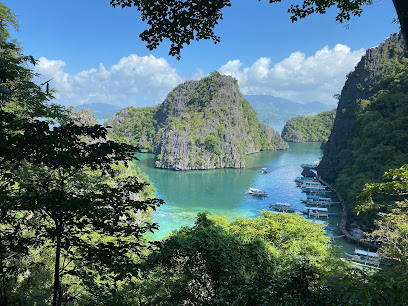
Puerto Princesa City Coliseum(City Coliseum)
Discover the excitement of Puerto Princesa City Coliseum, a vibrant arena for sports and entertainment that embodies the spirit of Palawan.
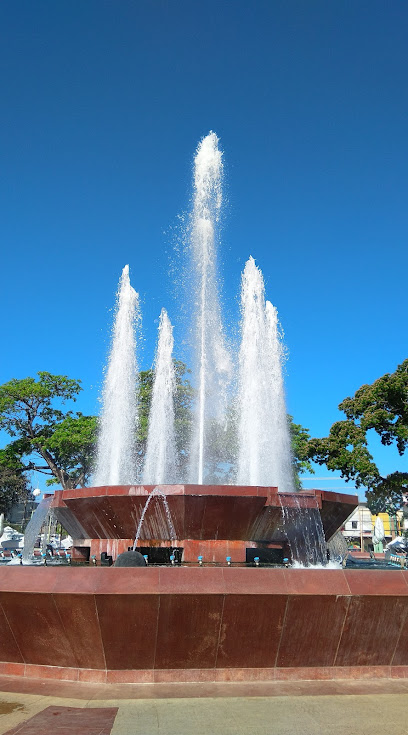
UGONG ROCK ADVENTURES
Explore the breathtaking Ugong Rock Adventures in Puerto Princesa, Palawan – an eco-adventure hub with thrilling activities and stunning natural beauty.
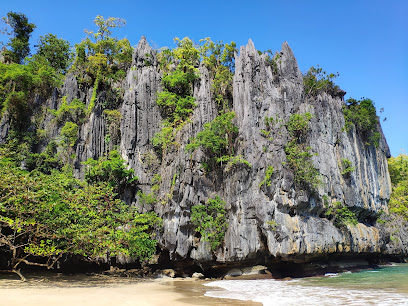
Puerto Princesa Subterranean River
Discover the Puerto Princesa Subterranean River, a UNESCO World Heritage Site, blending adventure and natural beauty in Palawan, Philippines.
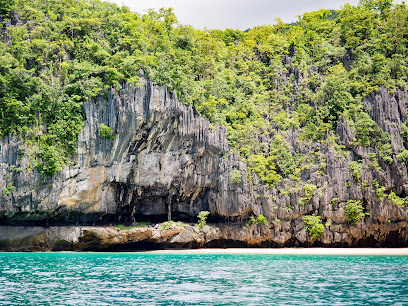
Unmissable attractions to see
Puerto Princesa City Baywalk Park
Discover the natural beauty and vibrant local culture at Puerto Princesa City Baywalk Park, an essential stop for every traveler in Palawan.
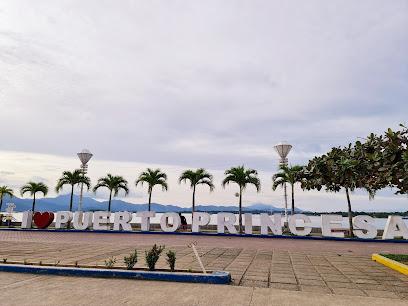
Kayangan Lake View Deck
Experience the breathtaking views of Kayangan Lake, one of the Philippines' most stunning natural wonders, at the Kayangan Lake View Deck in Coron, Palawan.
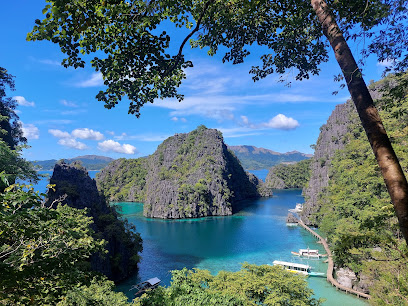
Immaculate Conception Cathedral
Discover the Immaculate Conception Cathedral in Puerto Princesa, a stunning architectural gem and spiritual sanctuary in Palawan.
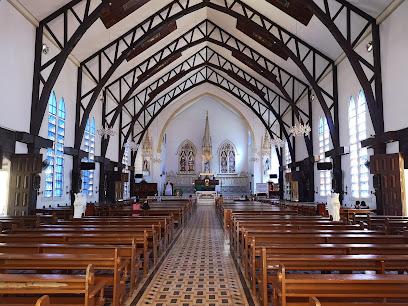
Plaza Cuartel
Discover the rich history and serene beauty of Plaza Cuartel, a historical gem in Puerto Princesa, Palawan.
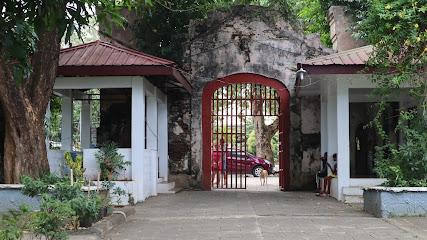
Shimizu Island
Experience the breathtaking beauty and adventure of Shimizu Island in El Nido, Palawan, a tropical paradise for nature lovers and thrill-seekers.
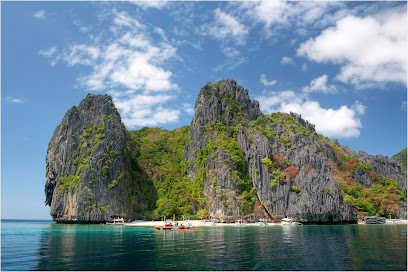
Bulog Dos Island
Explore the serene beauty of Bulog Dos Island, a tropical paradise in the Sulu Sea, perfect for relaxation and underwater adventures.
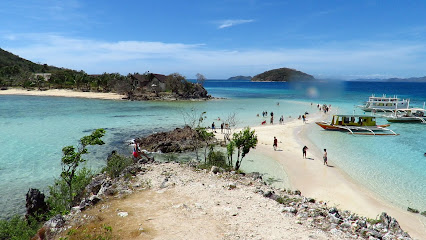
Fort Santa Isabel
Explore the rich history and stunning views at Fort Santa Isabel, a historical landmark in Taytay, Palawan, perfect for cultural and scenic adventures.
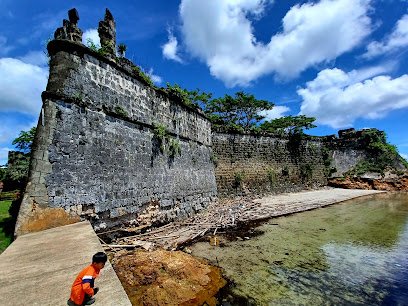
Small Lagoon
Explore the stunning beauty of Small Lagoon in El Nido, Palawan - a paradise of clear waters, limestone cliffs, and vibrant marine life.
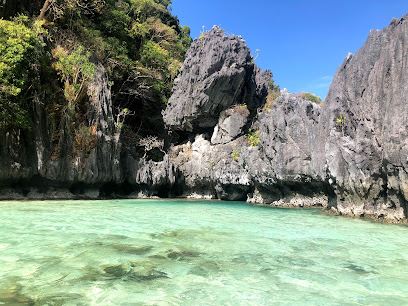
Snake Island
Explore the breathtaking beauty of Snake Island in El Nido, Palawan, a unique sandbar paradise perfect for nature lovers and adventure seekers.
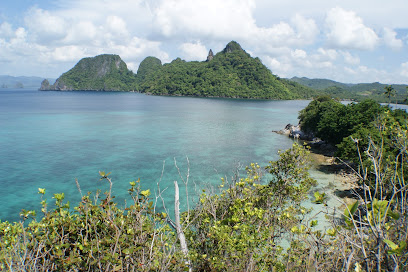
White Beach
Discover the breathtaking beauty of White Beach in Port Barton, San Vicente, where pristine sands meet crystal-clear waters and unforgettable adventures await.

Cudugnon Cave
Explore Cudugnon Cave in El Nido, Palawan—a perfect blend of stunning rock formations and rich archaeological history.
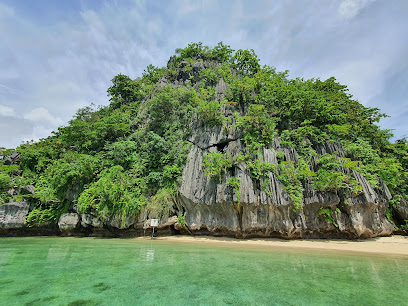
Malwawey Coral Garden
Explore the enchanting Malwawey Coral Garden in Coron, Palawan—an underwater paradise teeming with vibrant coral and diverse marine life.
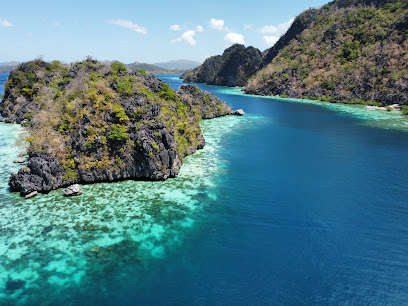
Taraw Cliff
Discover the breathtaking views and adventurous trails of Taraw Cliff in El Nido, Palawan, a natural wonder offering unforgettable experiences.
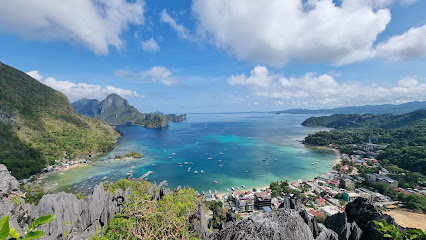
Sabang X Zipline
Soar through the skies at Sabang X Zipline, Puerto Princesa's top destination for breathtaking views and thrilling adventures in Palawan.
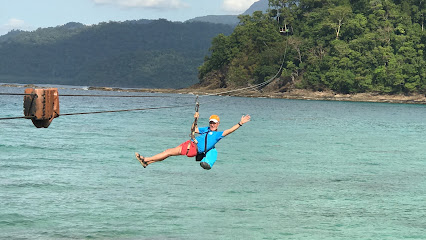
Pamuayan Waterfalls
Experience the serene beauty of Pamuayan Waterfalls in Palawan, a hidden paradise perfect for relaxation and adventure amidst nature's wonders.
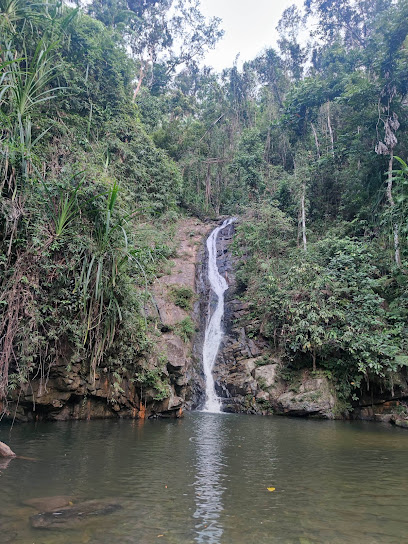
Essential places to dine
Kinabuchs Grill and Bar
Experience authentic Palawan flavors at Kinabuchs Grill and Bar - where every meal is a celebration of local cuisine.
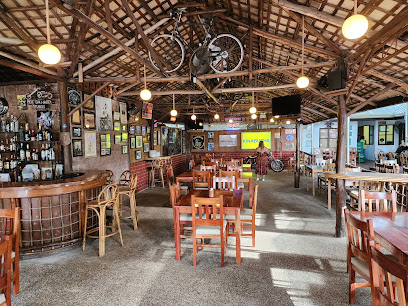
Kalui Seafood Restaurant
Discover the flavors of Palawan at Kalui Seafood Restaurant – where fresh seafood meets warm Filipino hospitality.
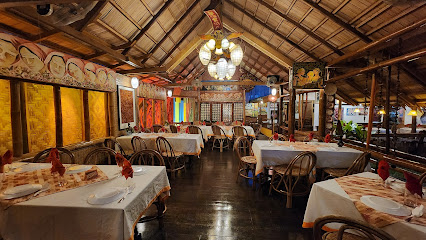
Bella vita el nido
Experience authentic Italian flavors amidst breathtaking views at Bella Vita El Nido on Corong Corong Beach.
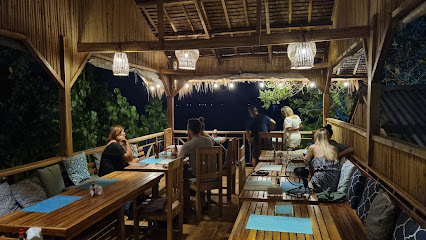
Badjao Seafront Restaurant
Discover exquisite local flavors at Badjao Seafront Restaurant while enjoying breathtaking views in Puerto Princesa.
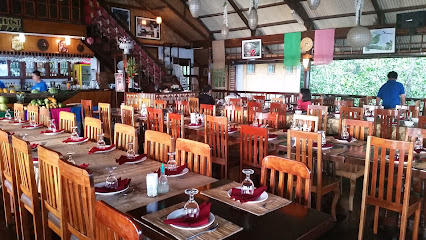
Trattoria Altrove
Experience authentic Italian cuisine at Trattoria Altrove in El Nido - where every dish tells a story.
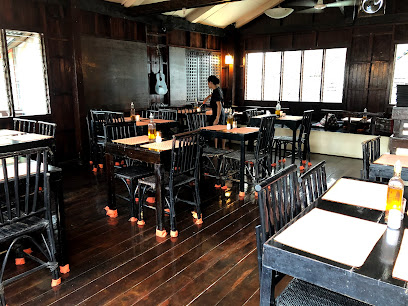
Happiness Beach Bar
Experience bliss at Happiness Beach Bar in El Nido – where stunning views meet delicious cuisine and refreshing cocktails.
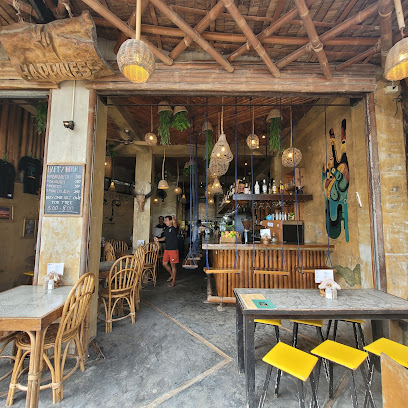
Ka Inato Main Branch
Experience authentic Filipino flavors at Ka Inato Main Branch in Puerto Princesa – where local ingredients meet traditional cooking.
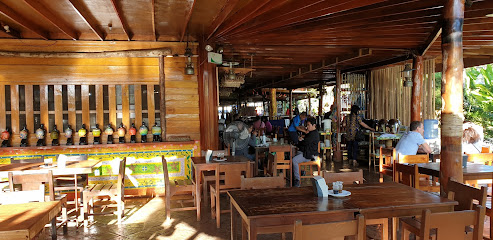
Cowrie Island Restaurant
Discover Cowrie Island Restaurant: A Tropical Dining Haven Offering Exquisite Local Cuisine and Stunning Ocean Views in Puerto Princesa.
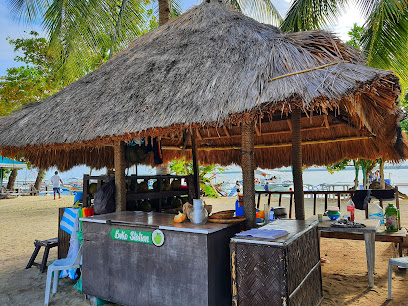
Sunmai Beach Bar and Restaurant
Discover culinary delights at Sunmai Beach Bar and Restaurant on Nacpan Beach - where breathtaking views meet delectable flavors.
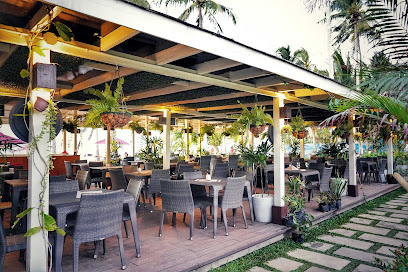
Happy Home Restaurant
Experience authentic Filipino cuisine amidst stunning views at Happy Home Restaurant in El Nido, Palawan.
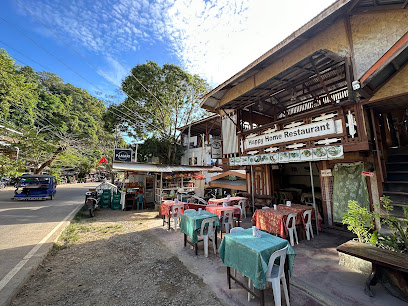
Ka Joel's Restaurant
Experience authentic Filipino cuisine at Ka Joel's Restaurant in Puerto Princesa—where local flavors meet vibrant ambiance.
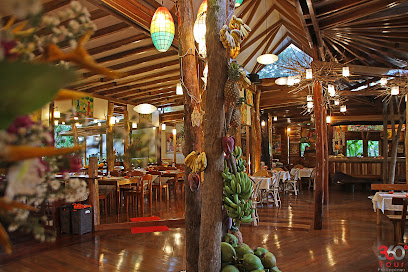
Haim Chicken
Experience delicious Filipino cuisine at Haim Chicken – where every dish tells a story of flavor and tradition.
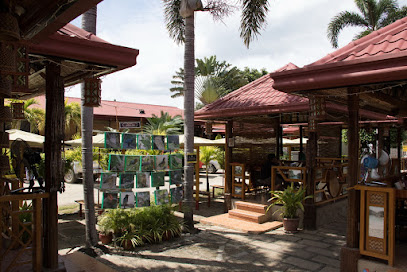
Viet Ville Restaurant
Experience authentic Vietnamese cuisine at Viet Ville Restaurant in Puerto Princesa – where every dish tells a story.
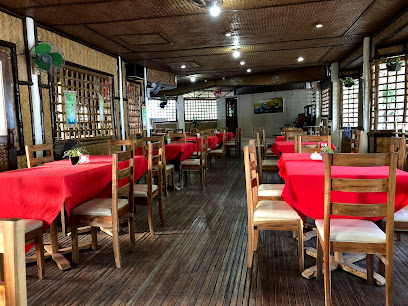
Punta Playa
Discover Punta Playa - A Fusion Restaurant on Lio Beach Offering Unique Asian-Mediterranean-Spanish Dishes Amidst Stunning Coastal Views.
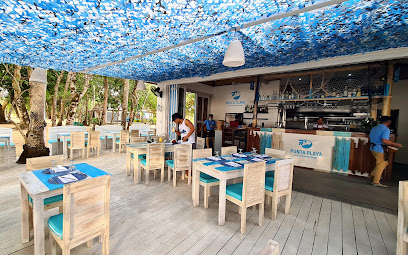
Noki Nocs Savory House
Experience authentic Filipino flavors at Noki Nocs Savory House in Puerto Princesa - where every meal tells a story.
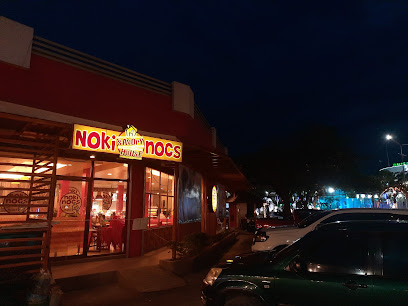
Markets, malls and hidden boutiques
MCA Market Mall
Experience the lively MCA Market Mall in Puerto Princesa, a premier shopping destination with local crafts, delicious cuisine, and a vibrant cultural scene.
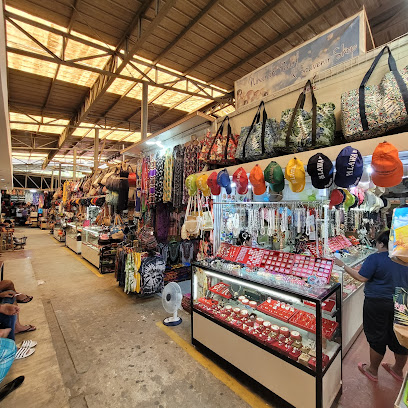
NCCC Mall Palawan
Explore NCCC Mall Palawan for a unique shopping experience in Puerto Princesa, blending local culture with top international brands and delightful dining options.
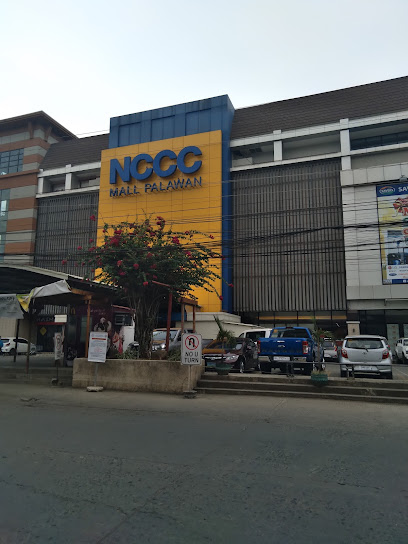
UNITOP
Discover the ultimate shopping destination at UNITOP, Puerto Princesa's premier department store, offering a wide range of products for every traveler.
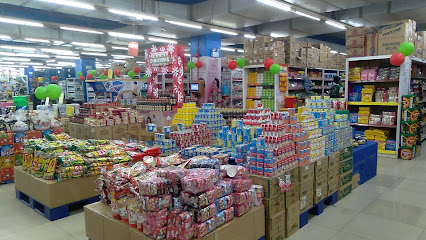
Binuatan Creations
Explore Binuatan Creations, a treasure trove of handcrafted gifts and unique souvenirs showcasing the beauty of Filipino artistry in Puerto Princesa, Palawan.
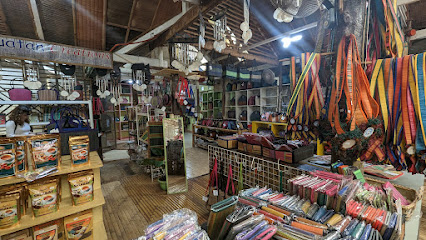
Robinsons Department Store Palawan
Discover an eclectic shopping experience at Robinsons Department Store Palawan, where local charm meets international style.
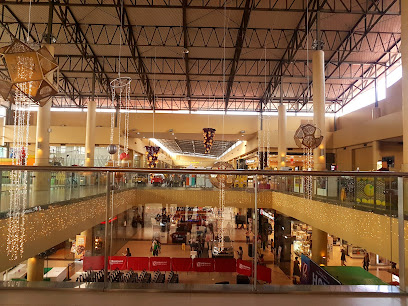
Palawan Authenticity South Sea Pearl Shop
Explore the exquisite South Sea pearl jewelry at Palawan Authenticity, where craftsmanship meets the beauty of the Philippines.
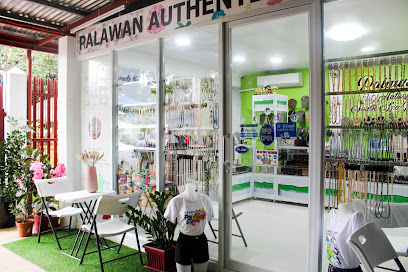
A Little Corner of Paradise
Discover unique handcrafted treasures at 'A Little Corner of Paradise' in El Nido - your ultimate souvenir shopping destination.
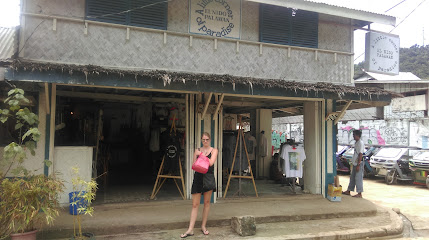
Islands Souvenirs
Discover the best of local crafts and delicacies at Islands Souvenirs in Puerto Princesa, your go-to spot for authentic Palawan memorabilia.
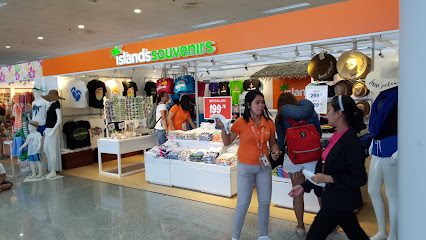
Pasalubong Center
Explore the vibrant Pasalubong Center in Puerto Princesa, Palawan for unique souvenirs and local treasures that capture the spirit of the Philippines.
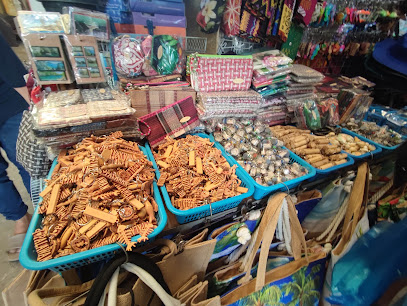
Fisheye the Shop
Explore Fisheye the Shop in El Nido for unique souvenirs, local crafts, and unforgettable keepsakes reflecting the beauty of the Philippines.
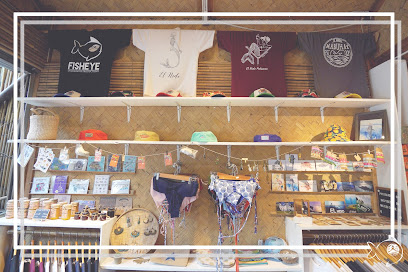
SUMMER EVRYDY PH
Explore the unique charm of Summer Evrydy, where El Nido's finest souvenirs and fashion accessories await to enhance your travel experience.
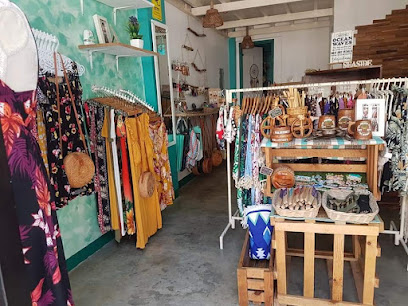
Penshoppe
Explore the latest fashion trends at Penshoppe in Puerto Princesa, a must-visit clothing store for trendy travelers in Palawan.
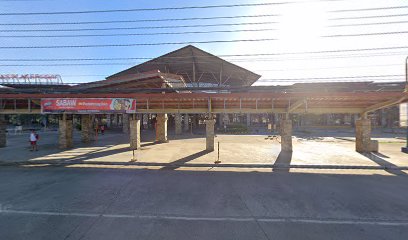
Only Store
Explore diverse shopping at Only Store, a hub for appliances, furniture, and local crafts in the scenic Cuyo, Palawan.
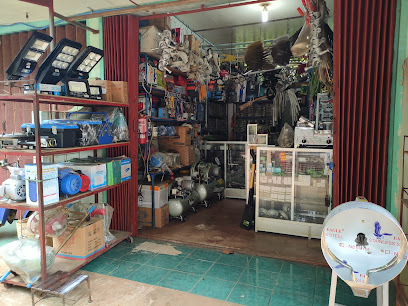
Kultura Filipino - SM City Puerto Princesa
Discover authentic Filipino souvenirs at Kultura Filipino in SM City Puerto Princesa, a perfect blend of culture and craftsmanship.
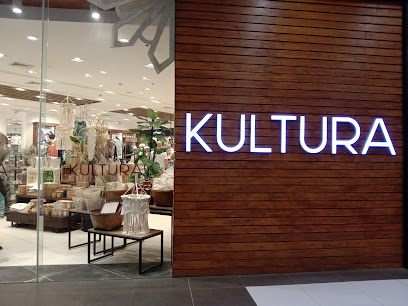
Recuerdo De Palawan Arts And Crafts
Discover the essence of Palawan at Recuerdo De Palawan, where local artistry meets the charm of El Nido's vibrant culture.
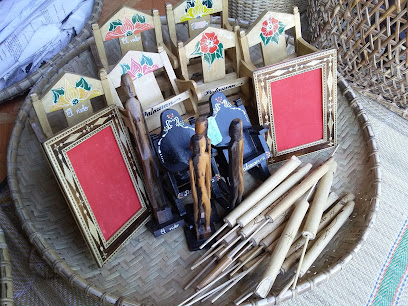
Essential bars & hidden hideouts
Kinabuchs Grill and Bar
Discover Kinabuchs Grill and Bar in Puerto Princesa – A vibrant spot for grilled delights and refreshing drinks, perfect for every traveler.
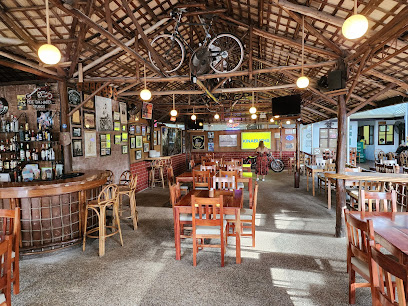
Sip Sunset Lounge & Bar - El Nido
Discover the vibrant atmosphere and stunning sunset views at Sip Sunset Lounge & Bar, El Nido's top cocktail destination.
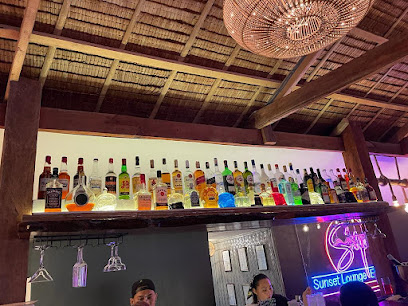
Tiki Resto Bar
Experience the vibrant nightlife at Tiki Resto Bar in Puerto Princesa, where tropical flavors and lively entertainment come together for unforgettable evenings.
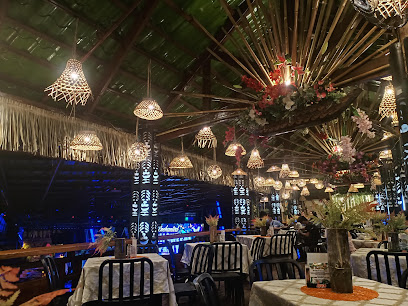
SAVA Beach Bar
Experience paradise at SAVA Beach Bar in El Nido, where vibrant nightlife meets stunning beach views for an unforgettable tropical escape.
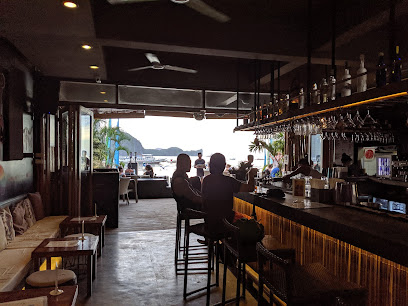
Tataboom Bar & Restaurant
Discover the lively atmosphere and delicious cuisine at Tataboom Bar & Restaurant in Puerto Princesa, where great food meets vibrant live music.
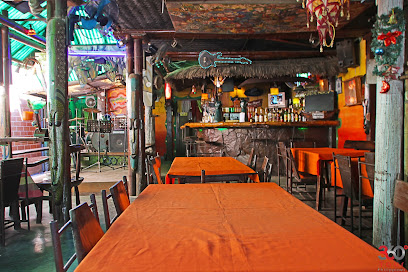
Mojitos RestoBar
Discover the lively Mojitos RestoBar in Port Barton, where delicious food and refreshing cocktails meet stunning tropical views.
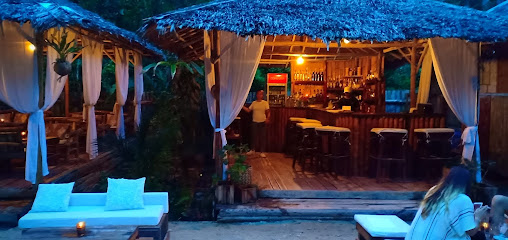
Pukka Bar
Experience the vibrant nightlife and tropical charm of Pukka Bar in El Nido, where delicious food and refreshing cocktails await.
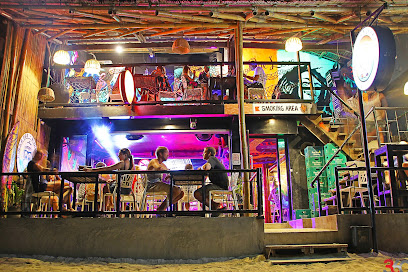
Rooftop Bar
Experience breathtaking views and refreshing cocktails at El Nido's Rooftop Bar, a perfect spot for relaxation and vibrant nightlife.
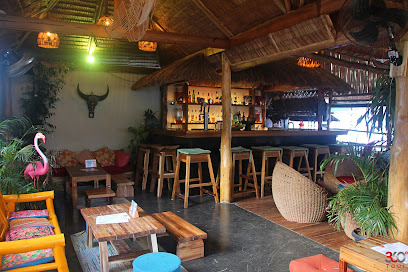
Cara-Bar
Discover the lively Cara-Bar in El Nido, Palawan, where refreshing drinks meet stunning views and vibrant ambiance for an unforgettable experience.
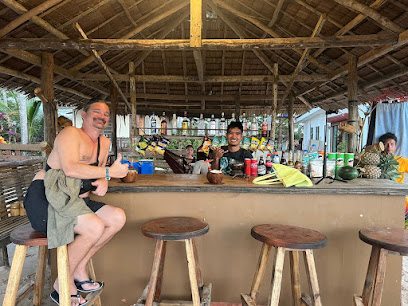
Aztec Grounds Bar
Experience the lively ambiance of Aztec Grounds Bar in Puerto Princesa with delicious grilled dishes, live music, and vibrant nightlife.
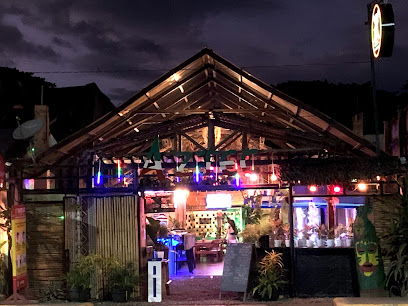
The Pangolin Cocktail Bar
Experience the vibrant nightlife at The Pangolin Cocktail Bar in El Nido, where innovative cocktails meet a lively ambiance.
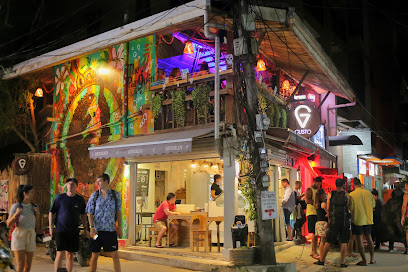
Chez Rose Beach Bar
Discover the vibrant ambiance and breathtaking views at Chez Rose Beach Bar in Puerto Princesa, the perfect spot to unwind with tropical drinks.
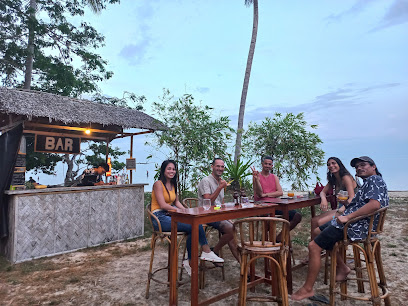
Hibiscus Restaurant and Bar
Experience the vibrant flavors of Palawan at Hibiscus Restaurant and Bar, where delicious cuisine meets a lush garden oasis in Puerto Princesa.
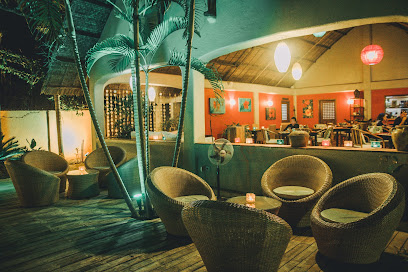
J1 Bar and Resto
Experience the lively spirit of Puerto Princesa at J1 Bar and Resto, where creative cocktails and local flavors come together in a vibrant atmosphere.

I/O Bar and Restaurant
Discover the lively nightlife of Puerto Princesa at I/O Bar and Restaurant, where refreshing cocktails and vibrant atmosphere await every visitor.
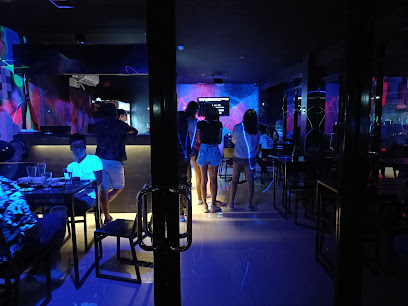
Local Phrases
-
- HelloKumusta
[koo-MOO-sta] - GoodbyePaalam
[PAH-ah-lam] - YesOo
[oh-oh] - NoHindi
[hin-dee] - Please/You're welcomeMangyaring / Walang anuman
[man-GYAR-eeng / wah-LANG ah-NOO-mahn] - Thank youSalamat
[sa-LAH-mat] - Excuse me/SorryPaumanhin / Pasensya
[pah-oo-MAHN-heen / pah-SEN-syah] - How are you?Kamusta ka?
[ka-MOO-sta ka?] - Fine. And you?Mabuti. Ikaw?
[mah-BOO-tee. ee-KOW?] - Do you speak English?Nagsasalita ka ba ng Ingles?
[nag-sa-sa-LEE-ta ka ba ng een-GLES?] - I don't understandHindi ko maintindihan
[hin-dee ko main-tin-DEE-han]
- HelloKumusta
-
- I'd like to see the menu, pleaseGusto ko sanang makita ang menu, mangyaring
[GOO-sto ko sa-NANG ma-KEE-ta ahng MEH-noo, man-GYAR-eeng] - I don't eat meatHindi ako kumakain ng karne
[hin-dee AH-ko koo-MAH-kain ng KAR-neh] - Cheers!Mabuhay!
[mah-BOO-hay] - I would like to pay, pleaseGusto ko sanang magbayad, mangyaring
[GOO-sto ko sa-NANG mag-BAH-yad, man-GYAR-eeng]
- I'd like to see the menu, pleaseGusto ko sanang makita ang menu, mangyaring
-
- Help!Tulong!
[too-LONG] - Go away!Lumayo ka!
[loo-MAH-yo ka!] - Call the Police!Tawag ka ng pulis!
[tah-WAHG ka ng poo-LEES!] - Call a doctor!Tumawag ka ng doktor!
[too-MAH-wahg ka ng DOK-tor!] - I'm lostNawawala ako
[nah-wah-WAH-lah AH-ko] - I'm illMay sakit ako
[mahy SAH-kit AH-ko]
- Help!Tulong!
-
- I'd like to buy...Gusto ko bumili ng...
[GOO-sto ko boo-MEE-lee ng...] - I'm just lookingNagtitignan lang ako
[nag-tee-TEE-nyan lang AH-ko] - How much is it?Magkano ito?
[mag-KAH-no EE-to?] - That's too expensiveMasyadong mahal iyan
[mah-SYA-dong ma-HAL ee-YAHN] - Can you lower the price?Pwede mo bang babaan ang presyo?
[PWEH-deh moh bahng bah-BAH-ahn ahng PRES-yo?]
- I'd like to buy...Gusto ko bumili ng...
-
- What time is it?Anong oras na?
[ah-NONG OH-rahs nah?] - It's one o'clockAlas-uno na
[ah-LAHS-oo-no nah] - Half past (10)Ala-una y media
[ah-LAH-oo-nah ee MEH-dya] - MorningUmaga
[oo-MAH-gah] - AfternoonHapon
[HAH-pon] - EveningGabi
[GAH-bee] - YesterdayKahapon
[kah-HAH-pon] - TodayNgayon
[NGAH-yon] - TomorrowBukas
[BOO-kas] - 1Isa
[EE-sah] - 2Dalawa
[dah-LAH-wah] - 3Tatlo
[TAHT-loh] - 4Apat
[ah-PAT] - 5Lima
[LEE-mah] - 6Anim
[ah-NEEM] - 7Pito
[PEE-toh] - 8Walo
[WAH-loh] - 9Siyam
[SEE-yahm] - 10Sampu
[SAHM-poo]
- What time is it?Anong oras na?
-
- Where's a/the...?Nasaan ang...
[nah-SAH-ahn ahng...] - What's the address?Ano ang address?
[ah-NOH ahng ah-DRESS?] - Can you show me (on the map)?Pwede mo ba akong ipakita (sa mapa)?
[PWEH-deh moh bah AH-kong ee-pah-KEE-tah sa MAH-pah?] - When's the next (bus)?Kailan ang susunod (bus)?
[kah-EEL-ahn ahng soo-SOO-nod (boos)?] - A ticket (to ....)Isang tiket (papunta sa ....)
[ee-SAHNG TEE-ket (pah-POON-tah sa ....)]
- Where's a/the...?Nasaan ang...
History of Palawan
-
Long before Spanish colonization, Palawan was home to various indigenous groups such as the Tagbanua, Palaw'an, Tau't Batu, and Batak tribes. These groups lived in harmony with nature, practicing sustainable fishing, hunting, and farming. They also engaged in trade with neighboring islands, exchanging goods like pearls, beeswax, and forest products.
-
In 1521, the Spanish expedition led by Ferdinand Magellan arrived in the Philippines, marking the beginning of Spanish colonization. However, it wasn't until 1622 that Spanish forces established a foothold in Palawan by founding the town of Taytay. They built forts such as Fuerza de Santa Isabel to protect against pirate attacks and to spread Christianity among the indigenous people.
-
Following the Spanish-American War in 1898, the Philippines was ceded to the United States. Palawan, like the rest of the country, underwent significant changes under American rule. Infrastructure improved, public education was introduced, and modern healthcare facilities were established. The Americans also conducted scientific studies, documenting the rich biodiversity of Palawan.
-
During World War II, Palawan became a strategic location for both Japanese and Allied forces. The Japanese occupied the island, and several significant battles took place, including the infamous Palawan Massacre in 1944, where Japanese forces killed 150 American prisoners of war. The liberation of Palawan by Allied forces in 1945 marked the end of Japanese occupation.
-
After World War II, Palawan began to recover and develop. The Philippine government initiated various development projects to improve living standards on the island. Roads were constructed, and efforts were made to boost agriculture, fishing, and tourism. The establishment of the Puerto Princesa Subterranean River National Park in 1971 marked a significant milestone in promoting eco-tourism.
-
Palawan is home to two UNESCO World Heritage Sites: the Tubbataha Reefs Natural Park and the Puerto Princesa Subterranean River National Park. The Tubbataha Reefs, inscribed in 1993, are renowned for their marine biodiversity, while the Subterranean River, inscribed in 1999, is famous for its impressive limestone karst landscapes and navigable underground river.
-
The indigenous people of Palawan have maintained their unique cultures and traditions despite external influences. Festivals like the Pagdiwata Ritual of the Tagbanua celebrate the community's connection to nature and their ancestors. Traditional crafts, such as basket weaving and wood carving, continue to thrive, reflecting the island's rich cultural heritage.
-
Today, Palawan is a thriving province known for its stunning natural beauty and vibrant culture. The capital city, Puerto Princesa, is a gateway to numerous tourist attractions, including pristine beaches, coral reefs, and lush forests. Efforts to balance development with environmental conservation have made Palawan a model for sustainable tourism in the Philippines.
Palawan Essentials
-
Palawan is accessible by air and sea. The primary airport is Puerto Princesa International Airport, with flights from Manila, Cebu, and other major cities in the Philippines. There are also smaller airports in El Nido and Coron that cater to smaller aircraft. Ferries and boats are available from Manila, Mindoro, and other nearby islands, docking at Puerto Princesa, El Nido, and Coron.
-
In Palawan, transportation options include tricycles, jeepneys, vans, and buses. Tricycles are convenient for short distances within towns. Jeepneys and vans are popular for inter-town travel. For a more comfortable and private journey, you can rent a car or hire a private van. Motorbike rentals are also available for those looking to explore on their own. Ferries and boats are a common mode of transport for island-hopping tours.
-
The official currency is the Philippine Peso (PHP). Credit cards are accepted in most hotels, restaurants, and larger shops, but it's advisable to carry cash, especially in rural areas and smaller establishments. ATMs are available in Puerto Princesa, El Nido, and Coron, but they can sometimes run out of cash, so it's wise to withdraw sufficient funds in advance.
-
Palawan is generally safe for tourists. However, standard precautions should be taken. Avoid walking alone at night in unfamiliar areas and keep an eye on your belongings in crowded places. While Palawan has low crime rates, it's advisable to stay vigilant, especially in more touristy areas like Puerto Princesa and El Nido. Be cautious when engaging with strangers offering unsolicited services or tours.
-
In case of emergency, dial 911 for immediate assistance. Puerto Princesa has a regional hospital, while smaller medical facilities are available in El Nido and Coron. It's recommended to have travel insurance that covers medical emergencies. Pharmacies are available in major towns for over-the-counter medications. For water-related emergencies, ensure you are with a licensed tour operator who has safety protocols in place.
-
Fashion: Do dress modestly, especially when visiting religious sites. Light, breathable clothing is recommended due to the tropical climate. Religion: Do respect local customs, and always ask for permission before taking photos in religious sites. Public Transport: Do negotiate taxi and tricycle fares before starting your journey. Don’t expect exact change in jeepneys and buses. Greetings: Do greet locals with a smile and a slight bow; handshakes are also common. Eating & Drinking: Do try local delicacies and accept food graciously. Don’t waste food, as it is considered disrespectful.
-
To experience Palawan like a local, visit the public markets early in the morning to see the freshest catch and produce. Engage with locals who are often friendly and willing to share stories about their culture and traditions. Participate in local festivals and try to learn a few phrases in Filipino to make your interactions more meaningful. Don't miss out on the street food, which offers a taste of local flavors.
Trending Landmark in Palawan
-
Puerto Princesa Subterranean River National Park
-
Puerto Princesa City Baywalk Park
-
Palawan Wildlife Rescue and Conservation Center (Crocodile Farm)
-
Palawan Butterfly Ecological Garden and Tribal Village
-
Mendoza Park
-
Mitra's Ranch
-
Lio Beach
-
Immaculate Conception Cathedral
-
Luli Island
-
Plaza Cuartel
-
Shimizu Island
-
Twin Lagoon
-
Puerto Princesa City Coliseum(City Coliseum)
-
UGONG ROCK ADVENTURES
-
Puerto Princesa Subterranean River
Nearby Cities to Palawan
-
Things To Do in Puerto Princesa
-
Things To Do in Sandakan
-
Things To Do in Kota Kinabalu
-
Things To Do in Boracay
-
Things To Do in Zamboanga City
-
Things To Do in Tagaytay
-
Things To Do in Cebu City
-
Things To Do in Muara
-
Things To Do in Bohol
-
Things To Do in Bandar Seri Begawan
-
Things To Do in Jerudong
-
Things To Do in Subic
-
Things To Do in Manila
-
Things To Do in Bangar
-
Things To Do in Tutong


